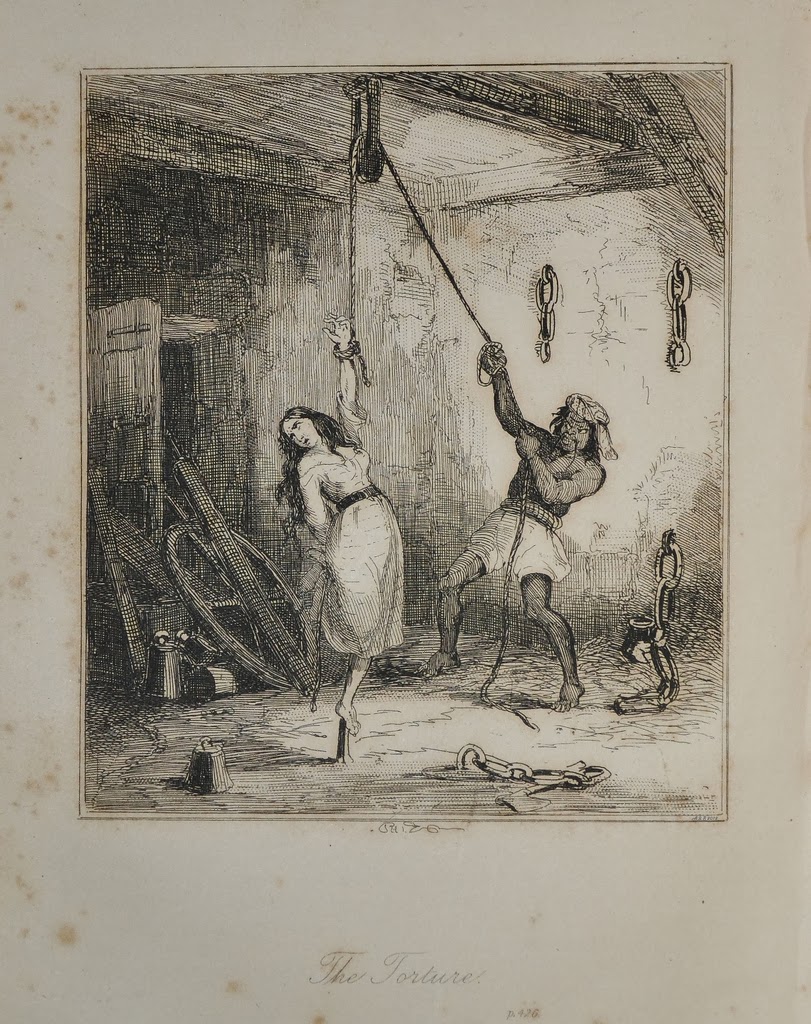Picquet (punishment) on:
[Wikipedia]
[Google]
[Amazon]
 The picket, picquet or piquet was a form of military punishment in vogue in the 16th and 17th centuries in Europe. It consisted of the offender being forced to stand on the narrow flat top of a peg for a period of time. The punishment died out in the 18th century and was so unfamiliar by 1800 that when the then governor of
The picket, picquet or piquet was a form of military punishment in vogue in the 16th and 17th centuries in Europe. It consisted of the offender being forced to stand on the narrow flat top of a peg for a period of time. The punishment died out in the 18th century and was so unfamiliar by 1800 that when the then governor of
 The picket, picquet or piquet was a form of military punishment in vogue in the 16th and 17th centuries in Europe. It consisted of the offender being forced to stand on the narrow flat top of a peg for a period of time. The punishment died out in the 18th century and was so unfamiliar by 1800 that when the then governor of
The picket, picquet or piquet was a form of military punishment in vogue in the 16th and 17th centuries in Europe. It consisted of the offender being forced to stand on the narrow flat top of a peg for a period of time. The punishment died out in the 18th century and was so unfamiliar by 1800 that when the then governor of Trinidad
Trinidad is the larger and more populous of the two major islands of Trinidad and Tobago. The island lies off the northeastern coast of Venezuela and sits on the continental shelf of South America. It is often referred to as the southernmos ...
, Sir Thomas Picton
Lieutenant-General Sir Thomas Picton (24 August 175818 June 1815) was a British Army officer who fought in the Napoleonic Wars. According to the historian Alessandro Barbero, Picton was "respected for his courage and feared for his irascible t ...
, ordered Luisa Calderon, a woman of European and African ancestry to be so punished, he was accused by public opinion in England of inflicting a torture akin to impalement. It was thought erroneously that the prisoner was forced to stand on the head of a pointed stake, and this error was repeated in the ''New English Dictionary''.
The punishment required placing a wooden peg (of the sort used for tents or for a line for cavalry horses; "picket" etc. were originally alternative names for such pegs) in the ground with the exposed end facing upward. The malefactor was typically a private soldier who had disobeyed orders. One wrist was suspended from a tree by a rope, while the sole or heel of the opposite bare foot was balanced on top of the peg, a piece of wood about four inches long by two inches wide and rounded at the top to about half an inch to meet the legal requirements. The top of the peg was narrow enough to cause considerable discomfort, but not sharp enough to draw blood. To relieve pressure upon a foot, the prisoner relegated all his weight to the wrist, which could only be relieved by shifting weight back onto the other foot.
The procedure could be continued for a few hours, to as much as a day or two. The punishment generally did not cause lasting physical harm. A much more severe and physically damaging suspension torture is known as strappado
The strappado, also known as corda, is a form of torture in which the victim's hands are tied behind his back and the victim is suspended by a rope attached to the wrists, typically resulting in dislocated shoulders. Weights may be added to t ...
.
Notes
References
* Attribution: * {{EB1911, wstitle=Picket , volume=21 , page=584 European instruments of torture